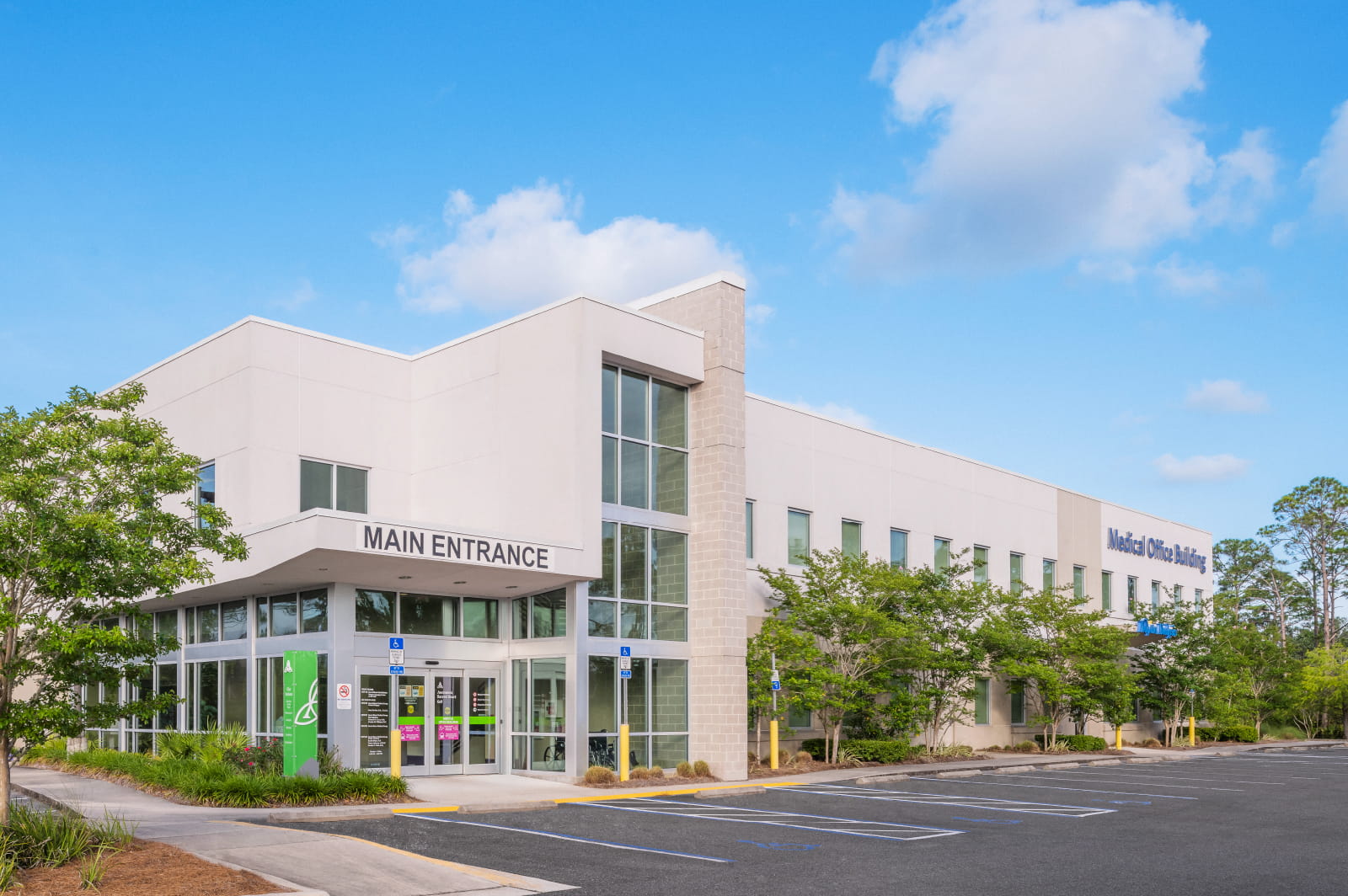When other tests show that you might have breast cancer, you will probably need to have a biopsy. Needing a breast biopsy doesn’t necessarily mean you have cancer. Most biopsy results are not cancer, but a biopsy is the only way to find out for sure. During a biopsy, the doctor will remove small pieces from the suspicious area so they can be looked at in the lab to see if they contain cancer cells.
There are different kinds of breast biopsies. Some are done using a hollow needle, and some use an incision (cut in the skin). The type of biopsy depends on:
- How suspicious the breast change looks
- How big it is
- Where it is in the breast
- If there is more than one
- Any other medical problems you might have
- Your personal preferences
For most suspicious areas in the breast, a needle biopsy (rather than a surgical biopsy) can be done. Ask your doctor which type of biopsy you will have and what you can expect during and after the procedure.
- Core needle biopsy: A larger needle is used to sample breast changes felt by the doctor or seen on an ultrasound, mammogram or MRI. This is
often the preferred type of biopsy if breast cancer is suspected.
- Fine needle aspiration (FNA) biopsy: A very thin, hollow needle attached to a syringe is used to withdraw a small amount of tissue.
- Surgical biopsy: In rare cases, surgery is needed to remove all or part of the lump for testing. This is called a surgical or open biopsy. Most often,
the surgeon removes the entire mass or abnormal area as well as a surrounding margin of normal breast tissue.Lymph node biopsy: Your doctor may need to biopsy the lymph nodes under the arm to check them for cancer spread. This may be done at the
same time as your breast biopsy, or when the breast tumor is removed at surgery. This can be done by needle biopsy, or with a sentinel lymph node biopsy and/or an
axillary lymph node dissection.
Regardless of which type of biopsy you have, the biopsy samples will be sent to a lab where a specialized doctor called a pathologist will look at them. It typically will take a few days for you to find out the results.
If you are diagnosed with breast cancer, surgery may be part of your treatment plan. There are different types of breast surgery.
You and your doctor will decide what surgery option is right for you. Your doctor may recommend a certain type of surgery based on your breast cancer and medical history.
There are two main types of surgery to remove breast cancer:
- Breast-conserving surgery: Also called a lumpectomy, quadrantectomy, partial mastectomy or segmental mastectomy, this surgery only removes that part of the breast that contains cancer. The goal is to remove the cancer as well as some surrounding normal tissue. How much breast is removed depends on where and how big the tumor is.
- Mastectomy: A surgery that removes the entire breast, including all of the breast tissue and sometimes other nearby tissues. There are several different types of mastectomies. Some women may also get a double mastectomy, in which both breasts are removed.

